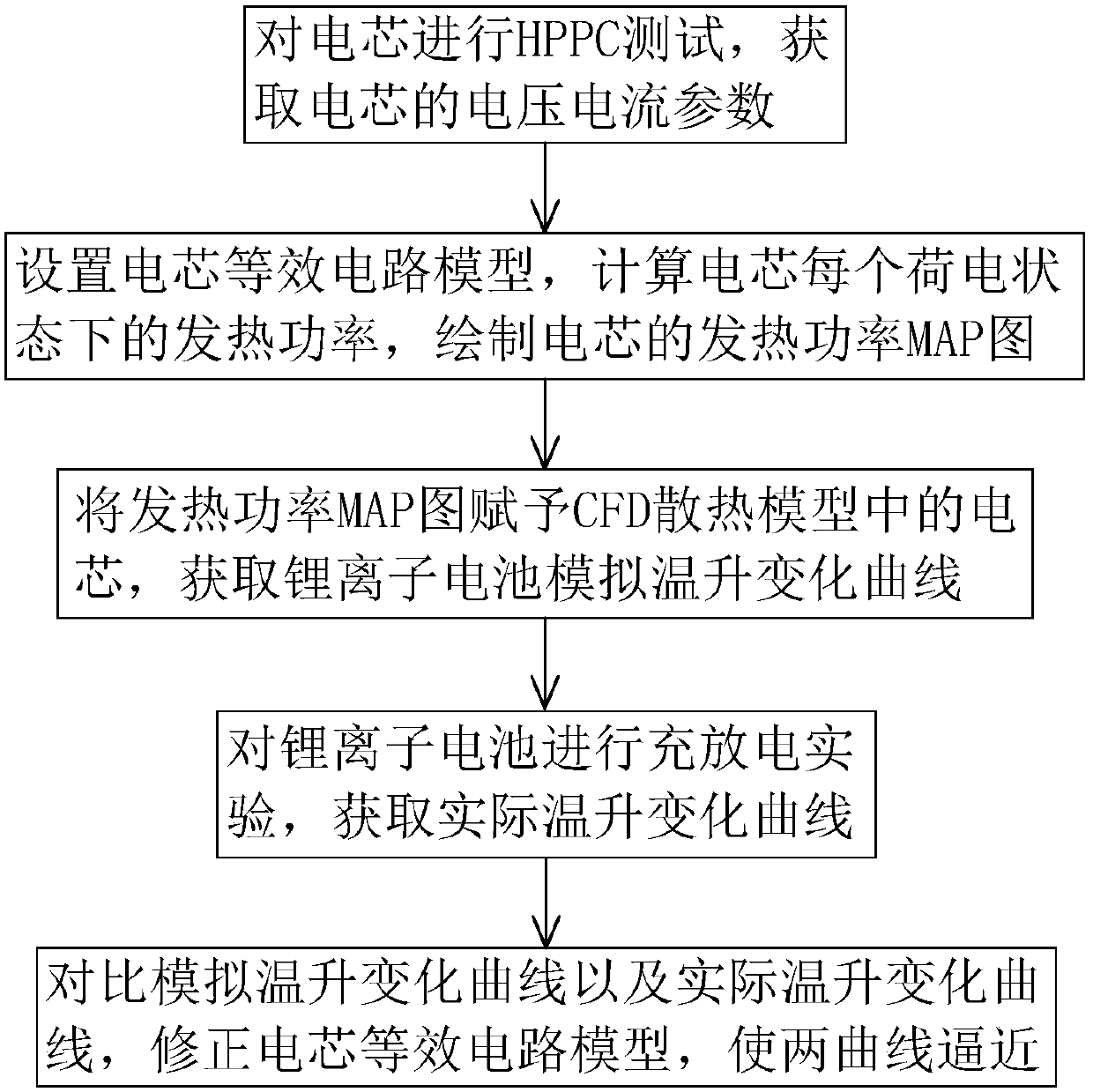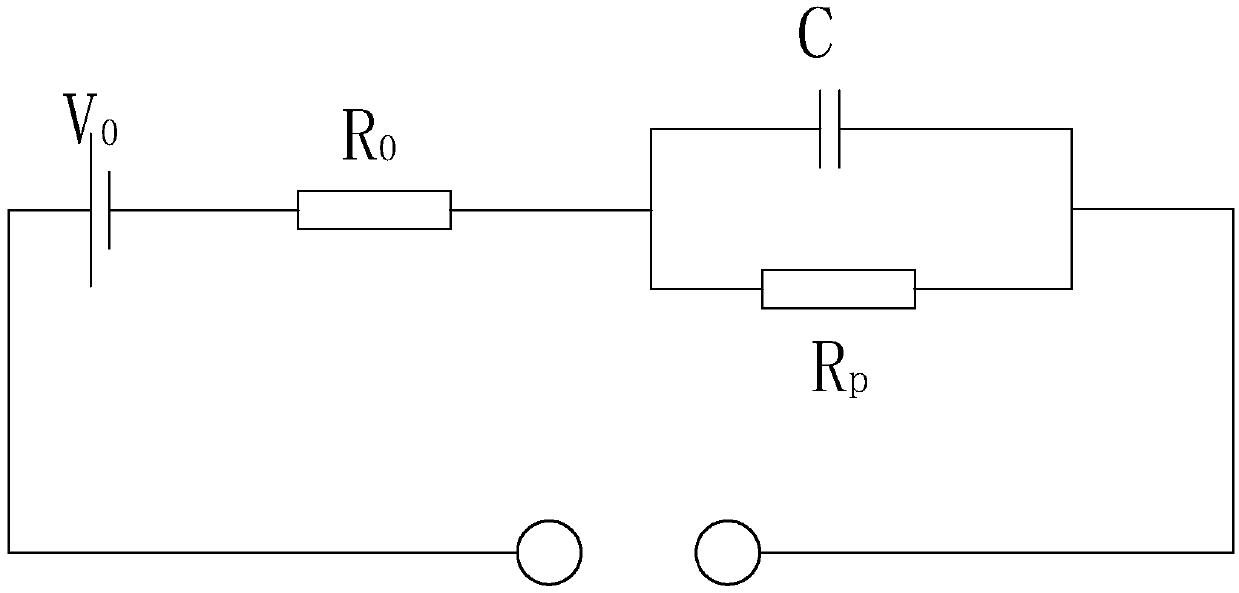Lithium ion battery thermal analysis method
A lithium-ion battery, thermal analysis technology, applied in the direction of measuring electricity, measuring electrical variables, measuring devices, etc., can solve the problems of lack of heat generation performance prediction scheme, affecting battery performance, affecting the production progress of manufacturers, etc.
- Summary
- Abstract
- Description
- Claims
- Application Information
AI Technical Summary
Problems solved by technology
Method used
Image
Examples
Embodiment Construction
[0041] In the following, the concept, specific structure, and technical effects of the present invention will be clearly and completely described in conjunction with the embodiments and the drawings to fully understand the purpose, features and effects of the present invention. Obviously, the described embodiments are only a part of the embodiments of the present invention, rather than all the embodiments. Based on the embodiments of the present invention, other embodiments obtained by those skilled in the art without creative work belong to The scope of protection of the present invention. In addition, all the connection relationships mentioned in the text do not simply refer to the direct connection of the components, but refer to the fact that a better circuit structure can be formed by adding or reducing connections according to specific implementation conditions. The various technical features in the invention can be combined interactively on the premise of not conflicting...
PUM
 Login to View More
Login to View More Abstract
Description
Claims
Application Information
 Login to View More
Login to View More - R&D
- Intellectual Property
- Life Sciences
- Materials
- Tech Scout
- Unparalleled Data Quality
- Higher Quality Content
- 60% Fewer Hallucinations
Browse by: Latest US Patents, China's latest patents, Technical Efficacy Thesaurus, Application Domain, Technology Topic, Popular Technical Reports.
© 2025 PatSnap. All rights reserved.Legal|Privacy policy|Modern Slavery Act Transparency Statement|Sitemap|About US| Contact US: help@patsnap.com



